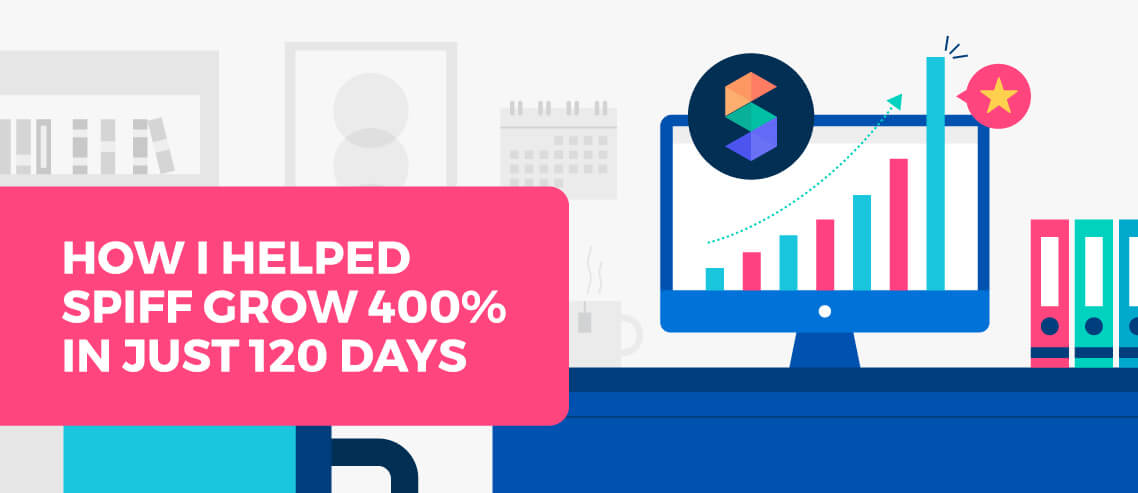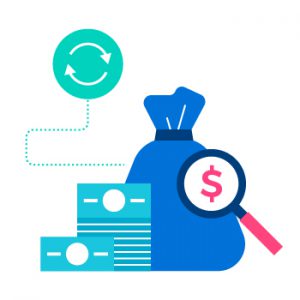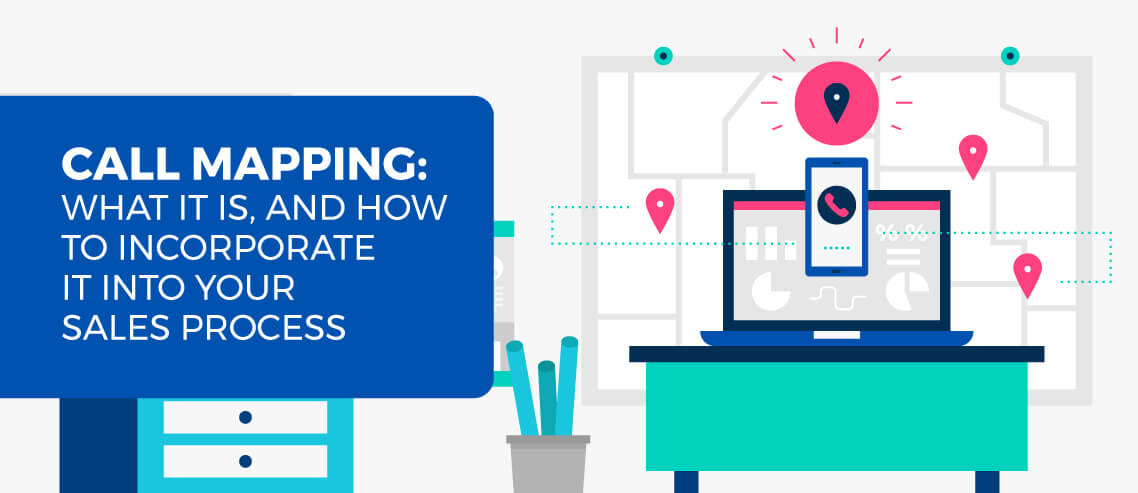How I Helped Spiff Grow 400% in Just 120 Days

Contents
I’m sure you understand the importance of growth. It’s what turns ideas into businesses, startups into unicorns.
But you might not know how to achieve that growth, or how to do so quickly. So in this post, I’ll explain how I helped one promising startup quadruple its revenue in just four months.
Revenue Growth: Jumping In at the Deep End
I joined Spiff in early September. I’d met with Jeron Paul, the CEO and founder, and was initially going to be an advisor. The deeper I understood their business, however, the more I wanted to do. This startup was going places and I wanted to inject a little nitro into their engines…
Helping a company grow is an exhilarating and memorable experience. It’s full of ups and downs and forges bonds with people you’ll never forget. In my first 120 days as CGO, we grew the company over 400%.

While I can’t share exactly how we did that (otherwise our competitors might copy it), I can tell you the basics. I’d also like to thank Jeron for his caring leadership, and for allowing me to share these details with you now.
So how do you grow a business 400% in 120 days? Here’s the 6-step process I use to drive revenue growth.
1. Focus On Your Customer’s Success Over Everything

Spiff had an amazing product, loyal customers, and a tremendous market opportunity. They just needed some gasoline to add to their fire. My job was to grow revenue, so I dug in, hopped on the phone, and helped close the second-largest deal in company history within my first 30-days.
Was it magic? No. We simply focused on making this customer insanely successful. We created a true hand-in-hand partnership with their 100+ person sales team. Startups depend on their customers’ success, so by prioritizing that over everything else, we secured top-tier clients.
It’s a simple strategy — instead of talking about service or features you discuss how to make your customers more successful. Listen more than talk, understand their pain points, be authentic about wanting to help, and agree on what success looks like. Sales is a process of listening and helping the other person solve their problem. Use every available resource to help them achieve their goals, and you’ll mirror their success.
2. Close the Credibility Gap
Before Spiff, Jeron had already built and sold three businesses. I’ve sold two of my own but Jeron’s ability to spot new market opportunities — and build solutions for them — was like nothing I’d ever seen. I knew Spiff had both an amazing story and the experience to make good on their promises. All I had to do was tell the world.
So I successfully pitched TechCrunch and Forbes, and recruited Aaron Ross, author of Predictable Revenue, as an advisor. With this increased credibility from industry influencers, we were able to scale upmarket. We could work with even larger companies, faster, proving that Spiff could resolve their complicated sales commission calculations with ease.
3. Ensure the Revenue Model Is Predictable and Repeatable

Before you can accelerate growth, you need to understand its causes and how to exploit them. This requires meticulous tracking of sales and marketing metrics. Your team must understand how to improve these metrics, how they impact the growth of the company, and how they affect the team personally and professionally.
Once everyone understands and gets behind growth targets, they’re much easier to achieve. People start talking, collaborating. Staff share tips, strategies, and tools. Instead of everyone scrabbling around on their own, the team unifies — and growth skyrockets.
Importantly, you should always document your sales process. Outline the behavior you expect from your sales team as well as tried-and-tested methods from your best reps. This will make it much easier to train new staff, and more importantly, will ensure you’re delivering a consistently amazing customer experience to every prospect.
4. Strengthen the Financial Model
Once you identify your growth levers, you need to know how much it costs to pull them.
Customer acquisition costs (CAC), lifetime value per customer (LTV), visitor-to-lead ratio, lead-to-MQL/SQL ratio, MQL/SQL-to-demo ratio, demo-to-close rate (DTCR), ideal customer profiles (ICP), and more will vary across different sales channels.
You need to figure out where your most qualified leads come from so you know where to invest your time and money.
It might be social media, outbound sales, content marketing, paid advertising campaigns, brand strategy, or a number of other growth channels. Find the most cost-effective channel quickly and then focus your time and resources here rather than attacking the market from 50 different angles. It’s best to dominate one channel than be just okay in all of them.
It’s all about understanding where you get the most out of each minute and dollar. Yes, I said minute, because in the early days your time is just as scarce if not more scarce than your financial resources. Plus, it makes focus clear. Always strive to do less, better.
5. Talk to Your Customers

All growth starts with understanding the people buying from you. As soon as I joined Spiff, I started talking with their customers, reading their reviews, understanding their strengths, weaknesses, who loved the product and why, where they needed to improve, and how Spiff compared to competitors.
There is so much to learn from customers. You don’t need to speak to all of them. Just a handful will do. Find their similarities, where they hang out, what they do, why they chose your business over others, and then you can double-down in these areas for some fast and easy wins.
But most importantly, make sure you’re always checking in with customers to ensure they’re happy. Your existing customers are your most valuable asset, so deliver on your brand promise and keep them so thrilled with your service they recommend it to friends.
6. Know Your Competition and Market Position
Also, check out your competition. I made it clear that Spiff had to take the high road and never bash their competitors. In fact, do the opposite — recommend prospects research competitors to build trust and show confidence. While you might lose a few deals, you’ll quickly learn why and can use that insight to improve.
But whatever you do, don’t belittle your competitors. Don’t send your prospects a list of trick questions to ask the competition, or send a spreadsheet with false or inflated statements comparing you and them. This happened to me while researching the market (won’t say who) and it was very disappointing to see. I understand that business is competitive and we all want to win, but just focus on your customers’ success and you’ll win more often than not.
Bottom Line
Business is a team sport. I say this all the time because it’s true.
You need to unlock your team’s strengths to create one incredible, defensible growth strategy. This is how you grow a company 400% in 120 days. It’s never done by one person alone.
The better the team, the faster you’ll grow, but remember the best investment you can make is in your team. Respect that, and you’ll go far.





